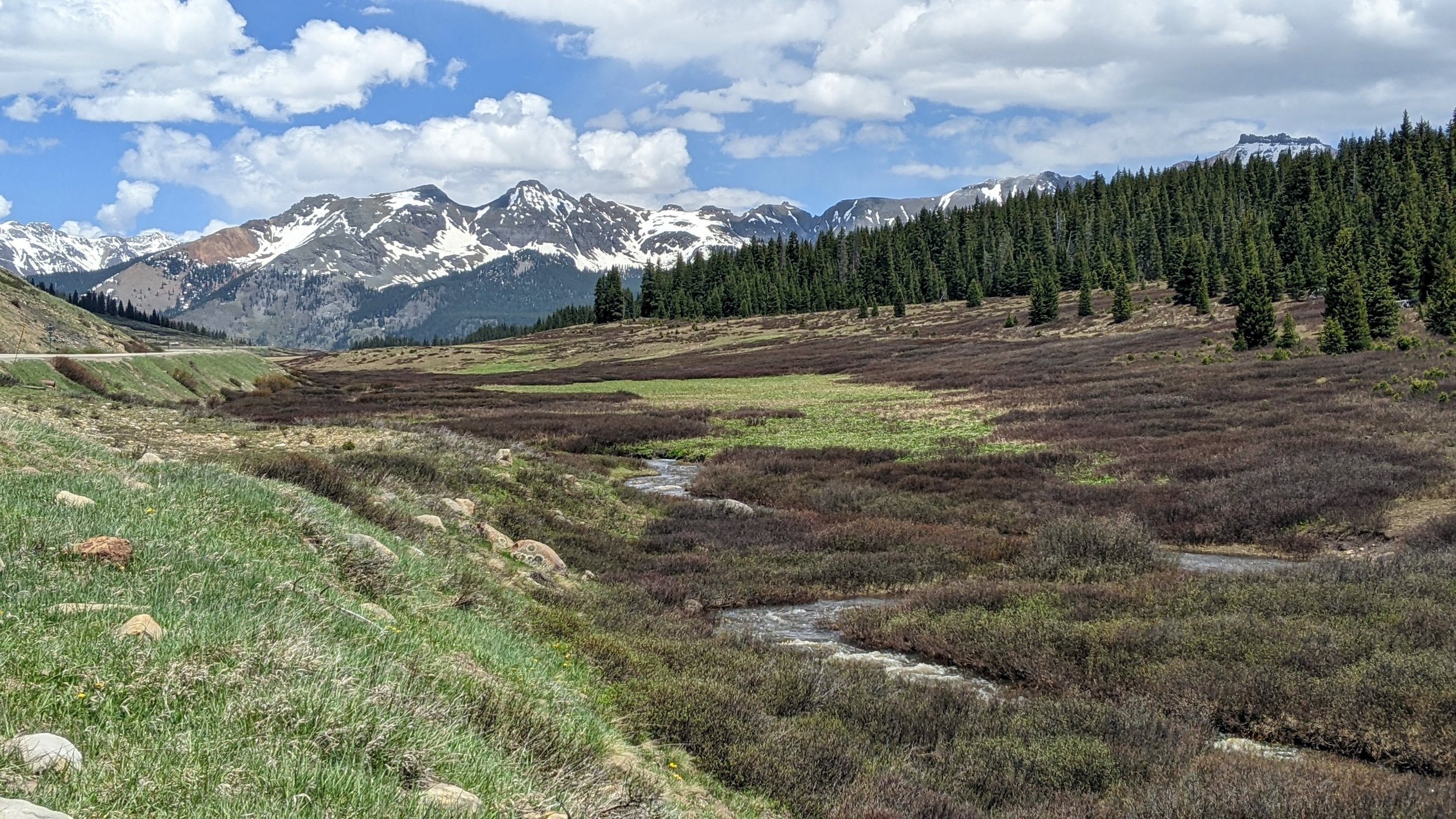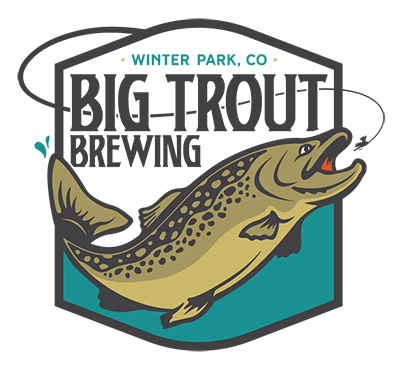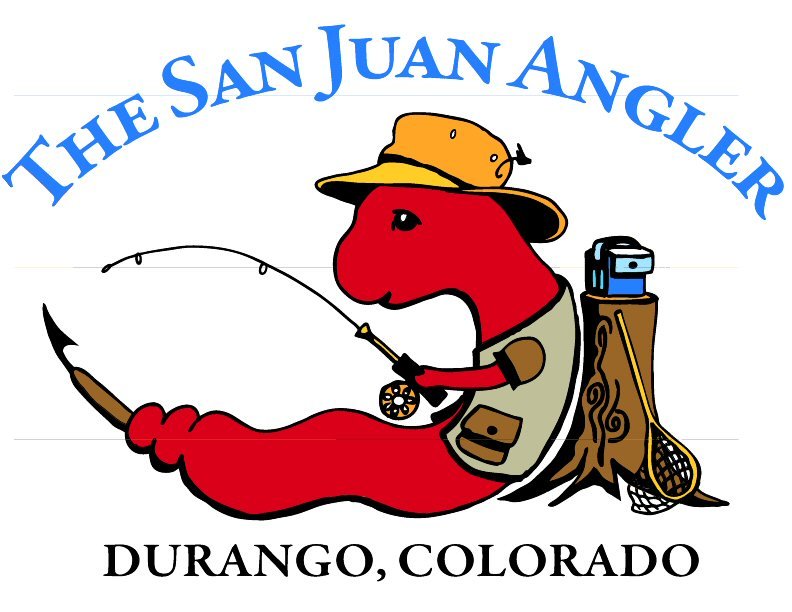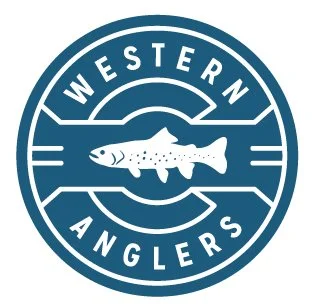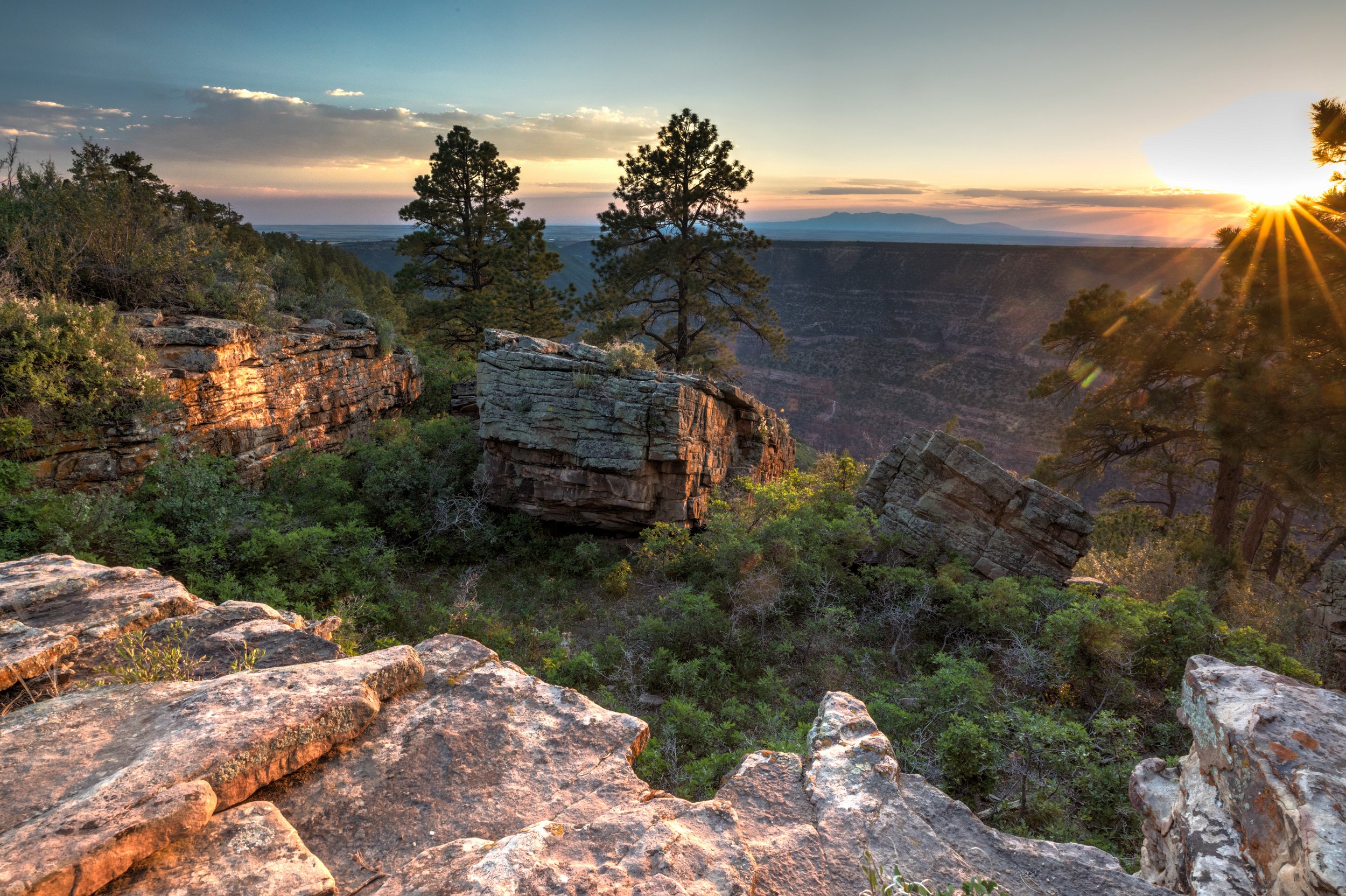
Permanent Protections for the Dolores River Watershed
The Dolores River watershed represents one of the greatest angling and hunting conservation opportunities in the state.
We are working to maintain the Dolores River as it is to ensure fish and wildlife habitat and sporting opportunities are not lost.
The alpine tundra, high meadows, and aspen slopes of the upper Dolores merge perfectly with the desert landscape of pinon and scrublands lower in the basin. This largely intact western landscape offers world-class hunting and fishing opportunities. Native Colorado River cutthroat trout can be found in the headwaters and tributaries of the Dolores River along with rainbow, brook, and brown trout. The tailwater fishery below McPhee Reservoir can also offer excellent dry fly fishing for large browns. Hunting opportunities for game species include elk, mule deer, desert bighorn sheep, mountain lion and turkey. Some of the most sought-after elk, mule deer, and bighorn sheep units in Colorado are in the northern part of the basin.


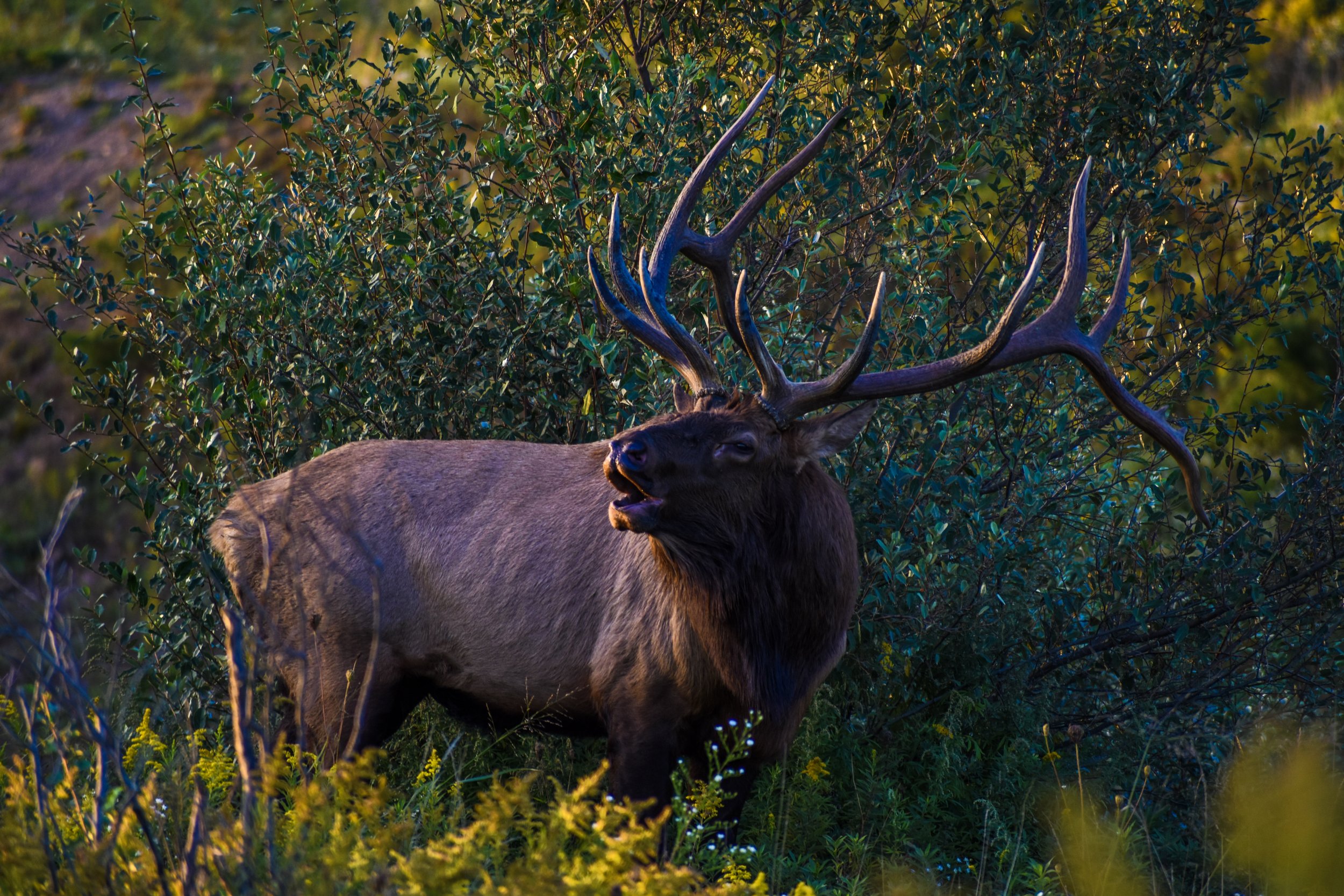
Where is the Dolores River?
The Dolores River stretches across southwestern Colorado, from its headwaters above the town of Rico on the San Juan National Forest to where it eventually crosses into Utah near the town of Gateway. The river and its tributaries flow through millions of acres of public land managed by both the U.S. Forest Service and Bureau of Land Management. The Dolores River, a tributary of the Colorado River, weaves for 241 miles from south to north, and its watershed covers over 10,000 square miles.
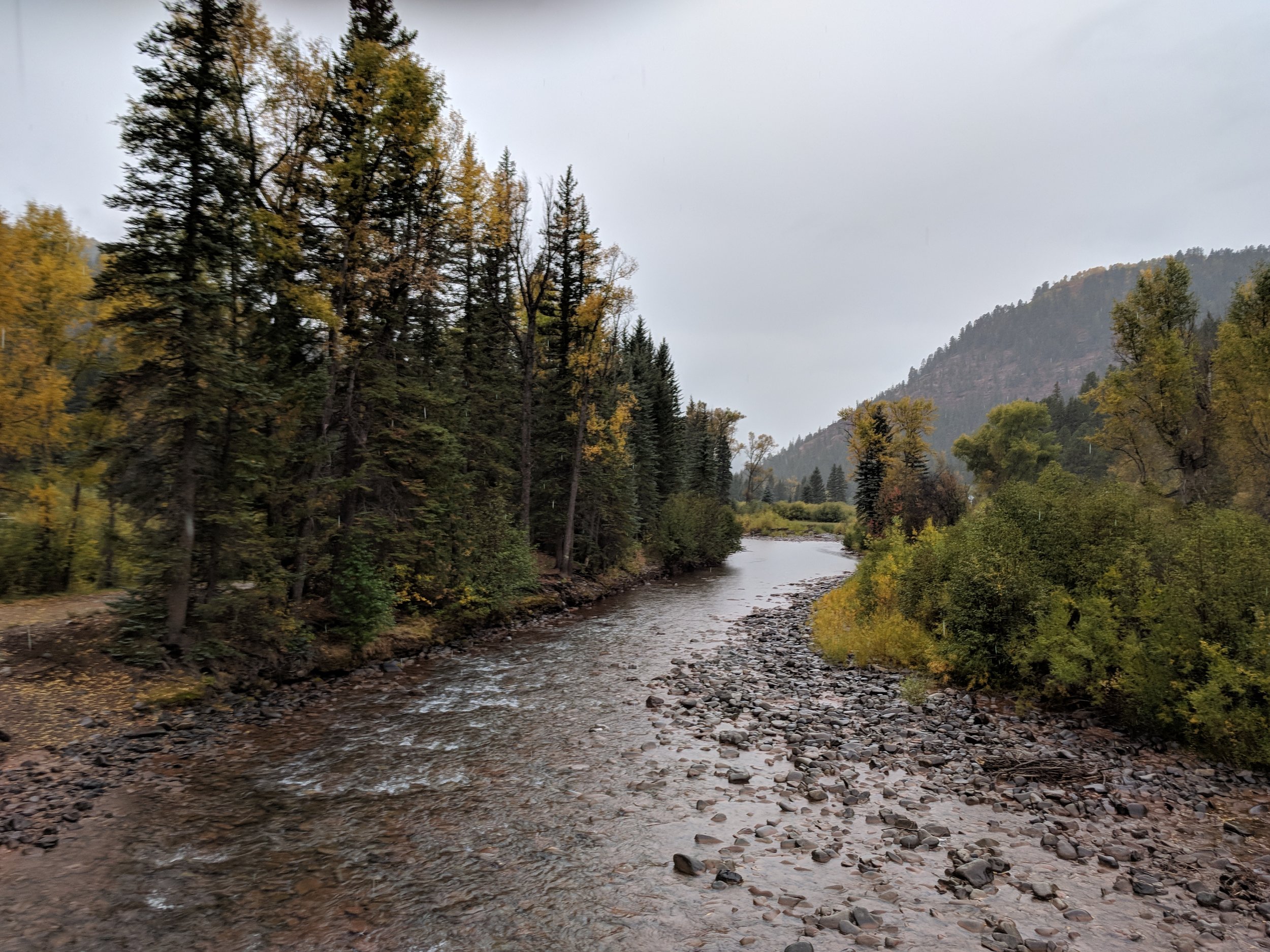
What’s at stake?
The Dolores River faces threats from industrial scale mining, habitat fragmentation, climate change, and unmanaged recreation. Protecting intact habitat for mule deer, elk, and desert bighorn sheep, particularly winter range and movement corridors, is essential for retaining quality sporting opportunities and mitigating impacts from threats such as development, drought, and invasive species. Colorado is a fast-growing state and people are increasingly recreating in previously quiet and seldom visited locales. Trying to keep the Dolores River a secret is not a winning strategy for ensuring quality fishing and hunting experiences. Instead, we need to protect valuable fish and wildlife habitat, plan for increased visitation, and secure additional resources for recreation infrastructure.
After decades of trying to protect the Dolores River, now is the time for action. Without permanent protection, the Dolores will remain susceptible to a growing list of threats to fish and wildlife habitat that we rely on in the pursuit of fish and game.
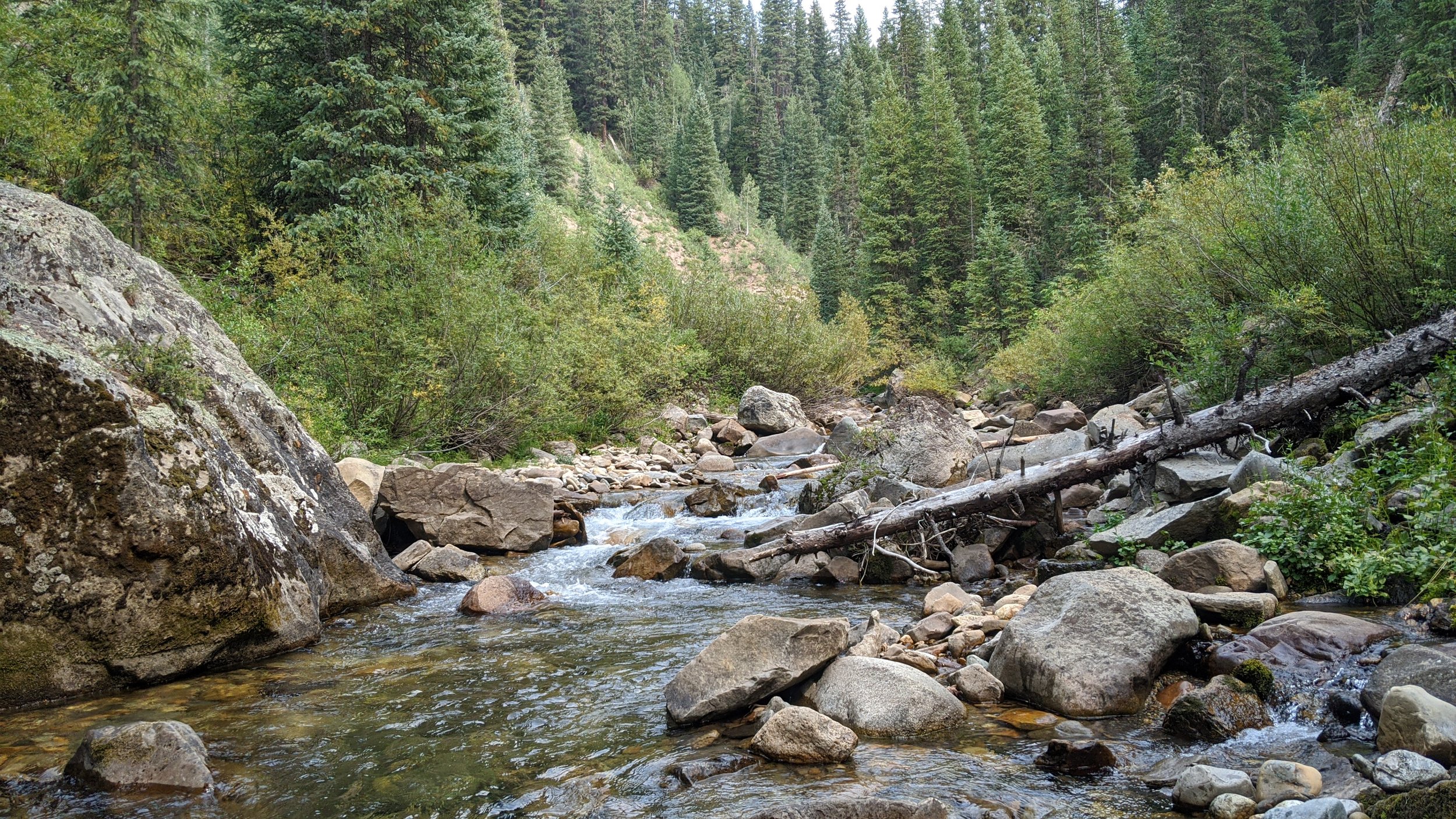
The Upper Dolores River
Protections for the Upper Dolores River
In 2022, Senators Michael Bennet and John Hickenlooper introduced the Dolores River National Conservation Area and Special Management Area Act, along with Representative Lauren Boebert. Montezuma, Dolores and San Miguel counties support the legislation along with a broad and diverse coalition of stakeholders. Targeting the southern reaches of the Dolores River, below McPhee Reservoir, the bill would conserve nearly 70,000 acres of public lands, benefiting both fish and wildlife habitat and sporting opportunity. For example, the special management area directly below McPhee Dam would be managed to enhance fishing and hunting opportunity along with other uses and resources.
The Sportsmen for the Dolores coalition supports this legislation and is advocating for it to become law.
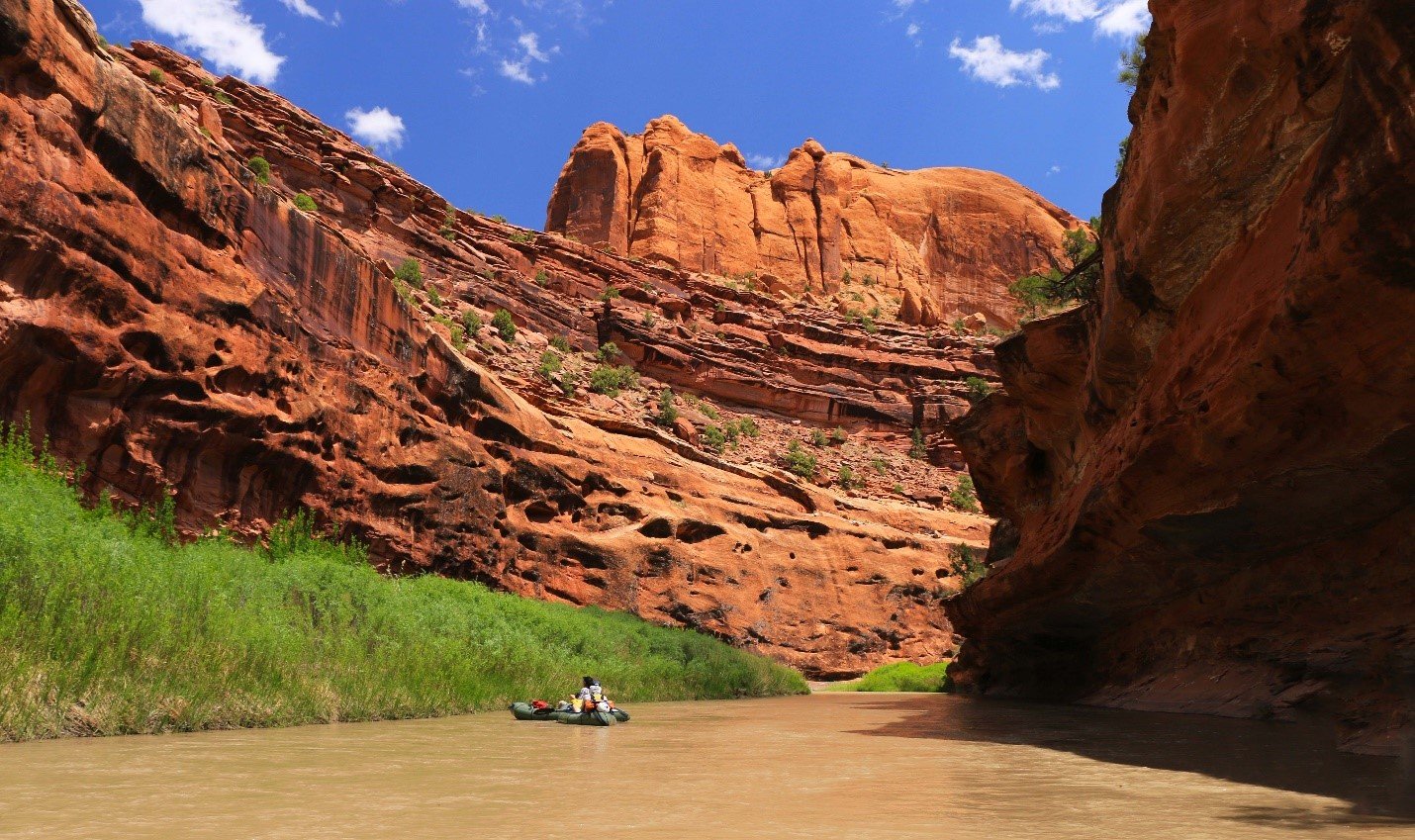
The Lower Dolores River
Protections for the Lower Dolores River
Further north along the Dolores River a national monument designation is currently being discussed and vetted. Proposed by the Protect the Dolores Coalition, the Dolores Canyons National Monument would offer permanent protection for roughly 400,000 acres of federal public land along the Dolores River in parts of Mesa and Montrose counties.
When created with input of sportsmen and sportswomen, national monuments are an effective tool for protecting areas important to hunting and fishing. Numerous monuments managed by both the U.S. Forest Service and Bureau of Land Management are known for their world-class sporting opportunities. One local example is Browns Canyon National Monument in Chaffee County. Since it’s designation in 2015, Brown’s Canyon has continued to offer world-class trout fishing opportunities in its Gold Medal waters, and great hunting for mule deer, elk, turkey, and black bear.
Released in 2023, National Monuments: A Hunting and Fishing Perspective, evaluated hunting and fishing opportunities, as well as the economic impacts, of four national monuments. They include Colorado’s Brown Canyon, New Mexico’s Organ Mountains-Desert Peaks and Rio Grande del Norte, and Montana’s Upper Missouri Breaks. The report concludes that national monuments can be a net gain for hunters, anglers, and local communities by providing and sustaining world-class sporting opportunities and creating jobs.
The report offers eight principles to generate meaningful support from hunters, anglers and sporting businesses for the creation and management of national monuments on public lands. These principles include creating monuments that safeguard fish and wildlife habitat, maintain reasonable public access for hunting, fishing, and wildlife management, and providing assurance that authority over fish and wildlife populations will be retained by state management agencies.
The Sportsmen for the Dolores coalition seeks to permanently conserve the Dolores River watershed, critical to retaining its high-quality sporting values. The coalition supports a national monument designation as a means to achieve that conservation goal and is committed to ensuring a final Dolores Canyons National Monument aligns with the report’s eight principles to receive the support of hunters, anglers and sporting businesses.
Provide Input
We welcome input from anglers and hunters across the state on developing the proposed Dolores Canyons National Monument. Your input is critical to ensuring this conservation tool is used correctly and ultimately protects habitat and enhances sporting opportunity.
Partners
Our organizations represent hundreds of thousands of anglers and hunters nationwide and in Colorado who share in a collective belief that healthy public lands are essential to sustaining our angling and hunting traditions.
Frequently Asked Questions
-
Following the designation of the Dolores Canyons National Monument, the U.S. Forest Service and Bureau of Land Management, both agencies with a multiple-use mandate would develop a management plan with extensive public involvement and consultation, so anyone with an interest in the Dolores Canyons can take part. For example, a travel management plan would be developed to protect fish and wildlife habitat and provide access for fishing and hunting.
-
Yes. Hunting and fishing would still be allowed in the monument and would continue to be managed by Colorado Parks and Wildlife.
-
Yes. Visitors would still be allowed to hike, camp, raft, and recreate in the monument.
-
Yes. Legally designated roads and trails would remain open to the public, and improved management would reduce illegal off-road vehicle use and the damage caused by this activity.
-
Yes. Domestic livestock grazing would still be allowed in the monument.
-
No. National monument designations only apply to federally managed lands. The designation would not affect access to, or use of land owned by other entities.
-
National monuments protect “existing rights.” This means that most public and commercial activities continue after monuments are established. These “existing rights” can include previously existing: oil and gas leases, valid mining claims, water rights, rights-of-way and utility infrastructure, commercial hunting and fishing, and livestock grazing. Many national monuments do limit or prohibit future oil and gas leases, mining claims, rights-of-way and utility infrastructure, and land disposal.
-
Yes. These federal land management agencies and others would be allowed to fight fires in the monument just as they do today.
Dolores River News
Opinion | Conserve what’s best about the Dolores
By: Aaron Kindle at the National Wildlife Federation.
Opinion | Rooted in long-standing traditions of hunting, fishing, exploring wild places
By: Collin Hildebrand of Grand Junction is a sportsman and bird hunter.
Report | National Monuments: A Hunting and Fishing Perspective
Principles for gaining angler and hunter support for new national monuments.
News | Bennet, Hickenlooper voice support in protecting Dolores
Colorado’s Dolores River Canyons regions must be “permanently protected” and there is a way to do so going forward...
Report | National Monuments: A Sportsmen’s Perspective
Sportsmen’s tenets for new national monuments.
Business Supporters
